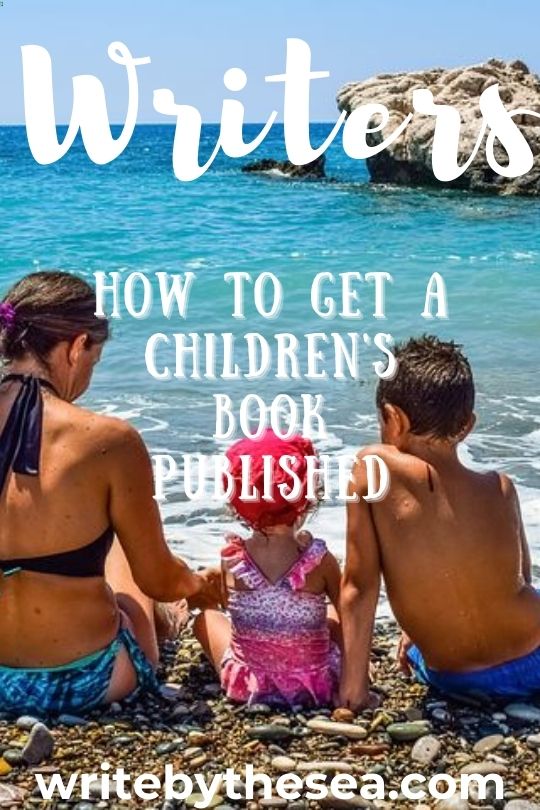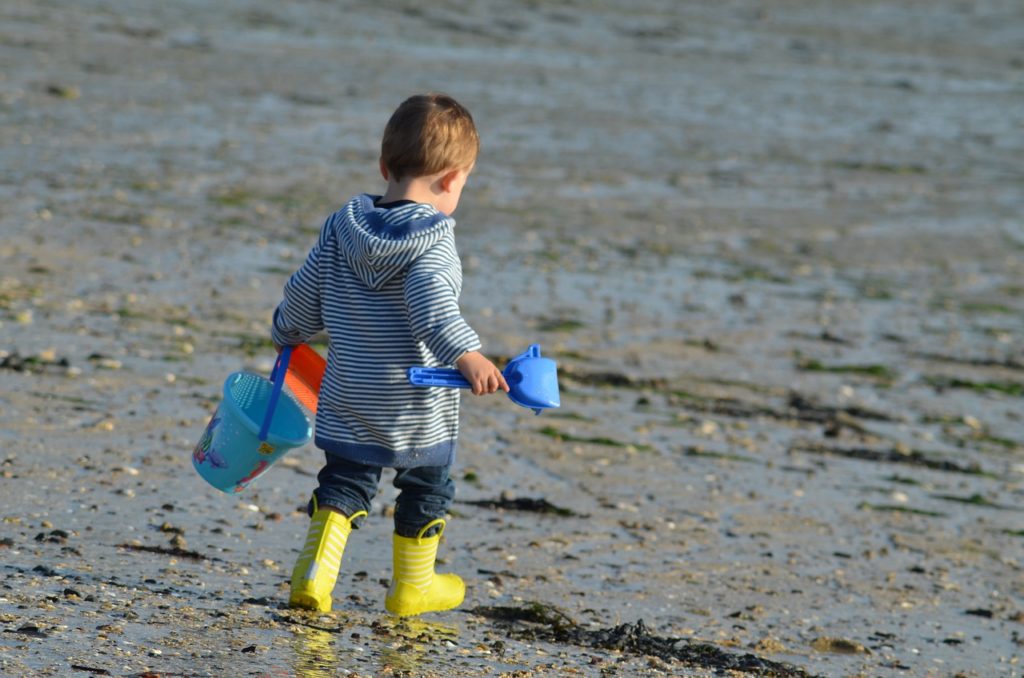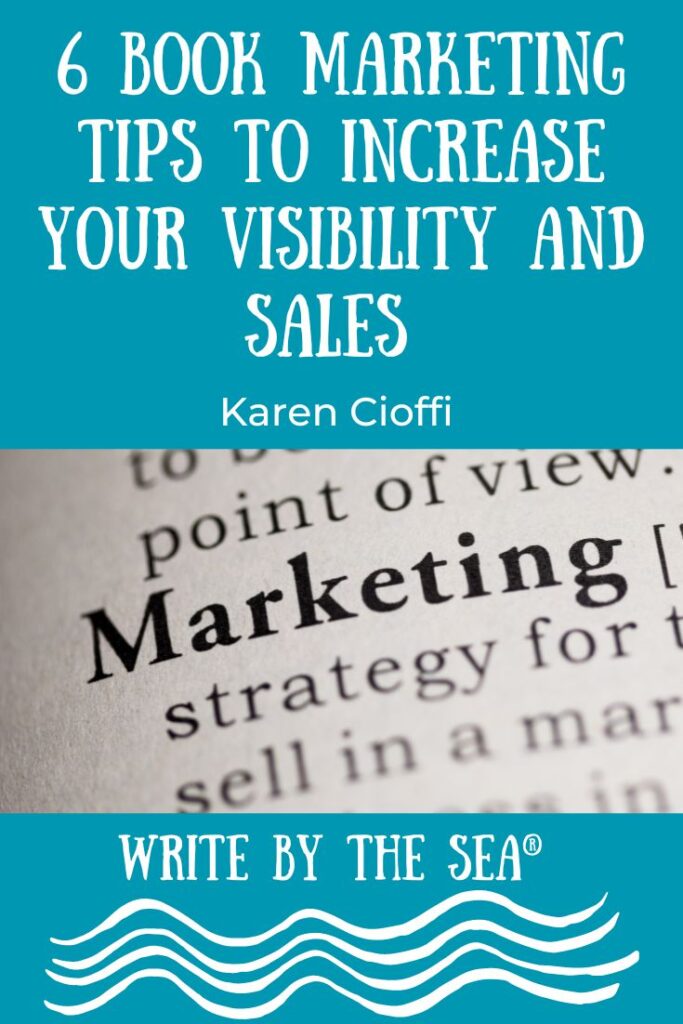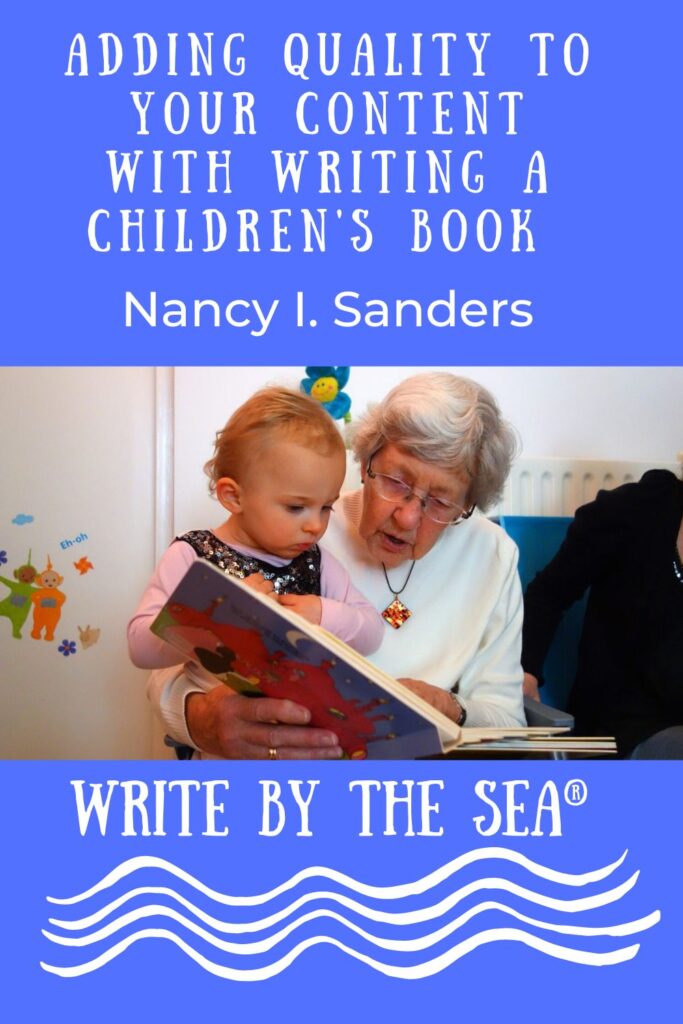All children’s writers have one primary focus – how to get a children’s book published.
What makes each writer different is his slant or perspective on the story he’s telling, and how he tells it.
It’s true that anyone can write, but writing to get published is another story.
To accomplish this, here four steps you need to include in your writing.

STEP 1. Write an out-of-the-ballpark beginning
This is the crucial step that will determine whether the agent or editor keeps reading.
Your beginning needs to grab the reader; it needs to lead the reader on without him having to think about it.
Here are different slants on a possible beginning to a young adult story:
A. Jan saw blood dripping down the wall. She screamed.
This idea is a beginning that might entice a reader to read on, but the problem is it’s telling not showing. To add showing:
B. Blood dripped down the stark white wall, adding to the puddle already formed on the floor. Jane felt a quiver run down her spine. Reacting before thinking of the consequences, a blood curdling scream issued from the depths of her being.
C. Blood slowly dripped down the stark white wall. A quiver ran throughout Jane’s body. An urgent eruption welled up from the depths of her being and brought forth a blood curdling scream.
D. Blood slowly dripped down the stark white wall, adding to the dark red puddle already formed on the floor. A quiver ran throughout Jane’s body creating an urgent eruption that welled up from the depths of her being—a blood curdling scream issued forth.
Examples B, C and D do a much better job of showing rather than telling.
While they can easily be taken apart and reworded for tightness, more description or less description, whatever the author deems necessary, for this article they serve their purpose.
And remember, using descriptive words and adverbs adds to the word count.
So, analyze each word you use; be sure they enhance the story and move it along, not weigh it down.
In today’s writing world publishers and agents want tight writing.
STEP 2. Fulfill the beginning’s promise in the body of your story
The body of your story needs to keep the reader interested in the characters and plot – this will ensure the reader keeps turning the pages.
You also need to keep track of everything going on in the story and follow through.
Readers don’t want to feel cheated or disappointed.
Some authors use character and event cards or sheets to keep track of each character’s qualities and the details to each event.
This will guarantee continuity and help prevent loose ends.
STEP 3. Write an ending that ties everything together, including any loose ends.
If you wrote a paragraph or chapter about John and Peter having a fight then segue into something else, let the reader know how the fight ends up.
It’s also a plus if you can come up with a twist at the end, something the reader won’t expect.
But, keep in mind it’s essential that you leave the reader satisfied.
STEP 4. Submit your work
You’ll never know if you’ve written the next best seller if you don’t submit your work.
Research children’s publishers and/or agents who work in the genre you write.
Choose the ones that you think are the best fit and study their guidelines.
Then, follow the guidelines and submit your work.
Don’t let fear or uncertainty keep you from moving forward—nothing ventured, nothing gained.
About Karen Cioffi


She is also the founder and editor-in-chief of Writers on the Move (a promotional group of authors/writers utilizing cross-promotion).
And, her site, Karen Cioffi Writing and Marketing, was named Writer’s Digest Website of the Week, June 25, 2012. Brian A. Klems, Online Editor for Writer’s Digest commented: “This site from Karen Cioffi should stand as a model for other freelance writers.”
For more on children’s writing, stop by Writing for Children with Karen Cioffi at
http://karencioffiwritingforchildren.com. She knows how to get a children’s book published.
Be sure to sign up for her newsletter and check out the DIY Page.
Click Here for courses on how to write a book.






